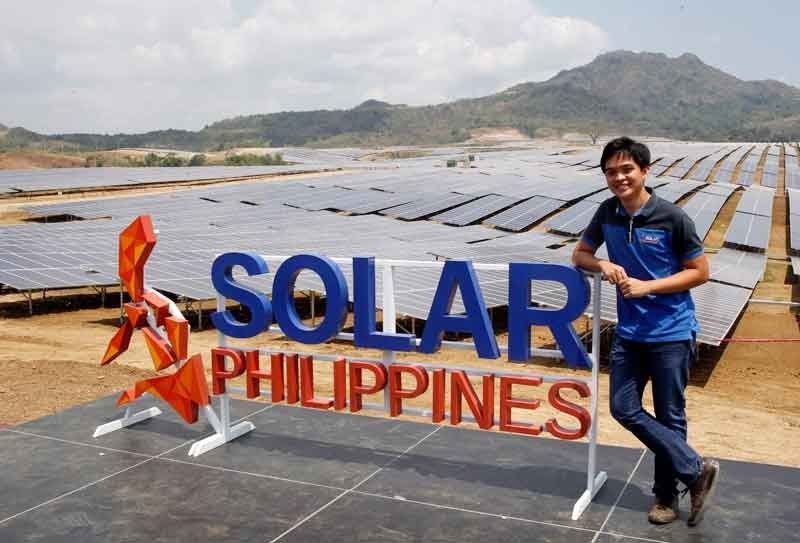Solar Philippines powering up more remote areas

MANILA, Philippines — Solar Philippines is taking on the challenge of powering up more remote areas through the development of solar-battery minigrids.
In a statement, Solar Para Sa Bayan – a unit of Solar Philippines – said healthy competition especially in electrifiying far-flung areas is a welcome development to benefit consumers.
“If the mere specter of competition inspires electric utilities to improve their services, that is an affirmation of the need for healthy competition. If the entry of companies like us will end the complacency of incumbent monopolies, then our mission is accomplished,” Solar Philippines founder and president Leandro Leviste said.
After announcing solar-battery minigrids in 12 towns last week, the National Association of General Managers of Electric Cooperatives (NAGMEC) has challenged Solar Para Sa Bayan to prioritize underserved areas to speed up rural electrification.
“We accept NAGMEC’s challenge, so (I) hope they stop opposing attempts by the private sector to enter these poorly served areas,” Leviste said.
Solar Para Sa Bayan announced it is bringing 24/7 power to 12 towns in the provinces of Mindoro, Palawan, Masbate, Cagayan, and Aurora by end-2018.
“The towns’ requests for better electric service have been ignored for years. Yet now they’re being served by an alternative provider, certain coops would prefer these towns have no power at all,” Leviste said.
National Electrification Administration (NEA) administrator Edgardo Masongsong said this is a welcome development since underserved areas are in dire need of power supply for development.
“I will be happy if he will prioritize the Basulta area – Basilan, Sulu and Tawi-tawi,” he said, noting the areas only have a recorded energization level of 33 percent.
In responding to NAGMEC president Sergio Dagooc’s statement that electrification without government subsidy is not sustainable, Leviste said Solar Para Sa Bayan is already operating without government subsidies.
“We started this for a social mission: not to make the most profit, but to help the greatest number of our fellow Filipinos,” he said. “What is needed is for the government to allow private investors to use new technologies to serve consumers on a non-exclusive basis.”
NEA has requested P25 billion to subsidize electric cooperatives to reach the estimated 2,399,108 households that lack electricity, with 529,952 in Luzon, 524,040 in Visayas, and 1,345,116 in Mindanao.
The Department of Energy (DOE) has noted that its resources are insufficient to reach 100 percent electrification by 2022.
In light of this, Malacañang is reportedly preparing an executive order to encourage private investment in rural electrification.
- Latest
- Trending





























